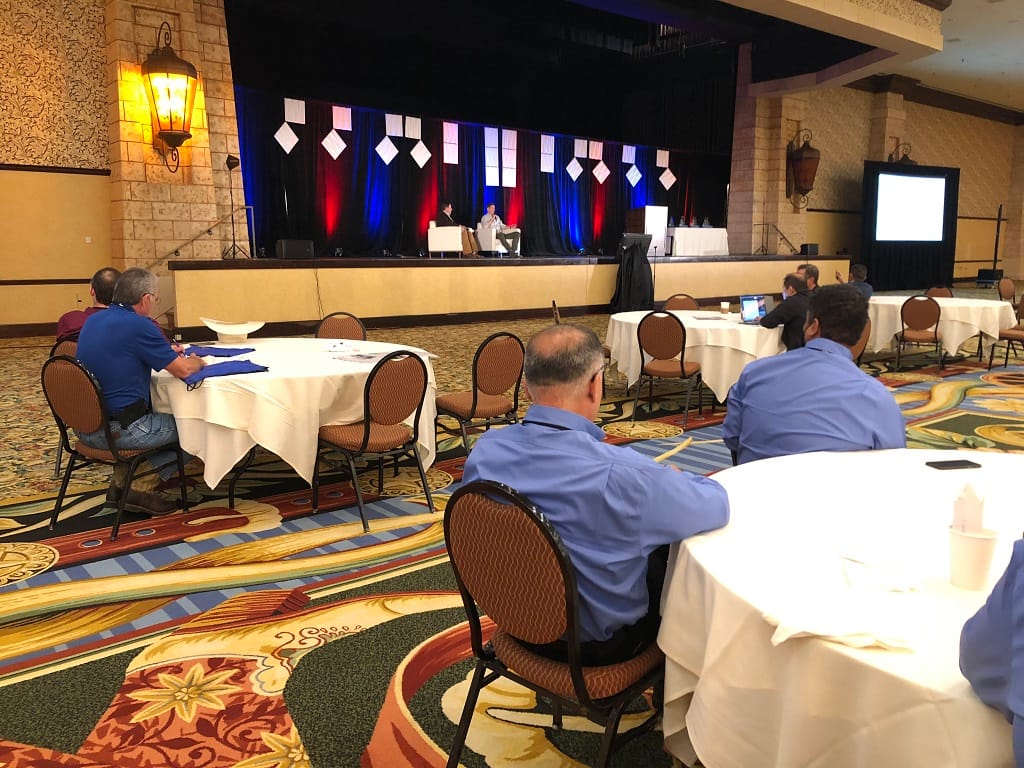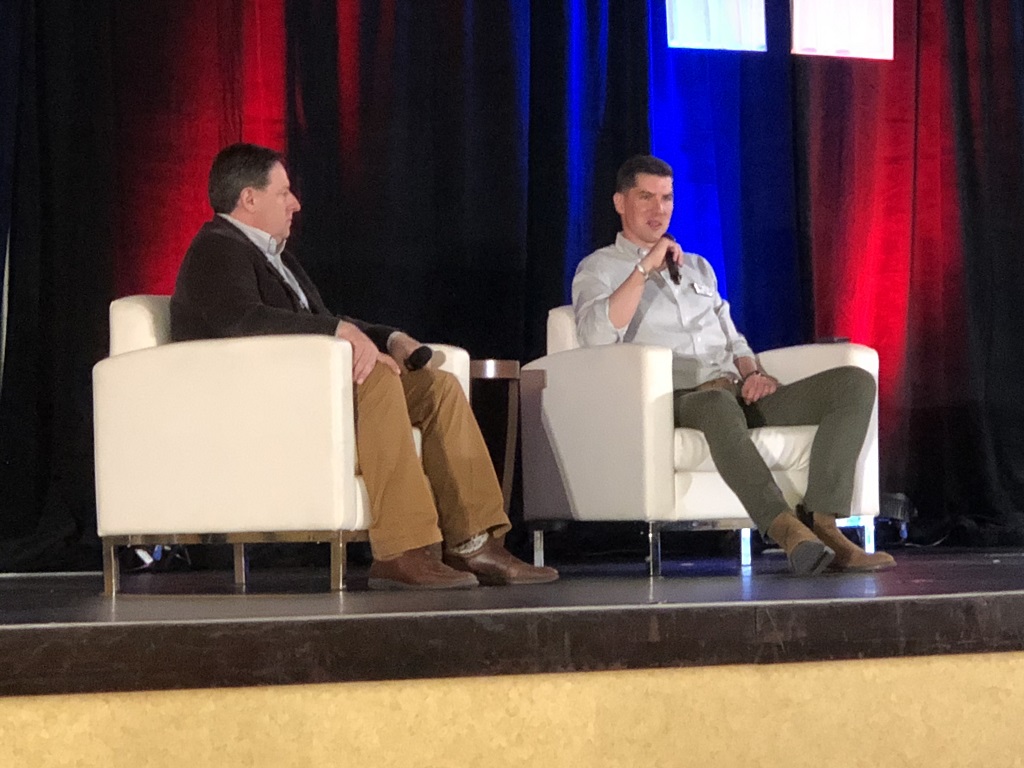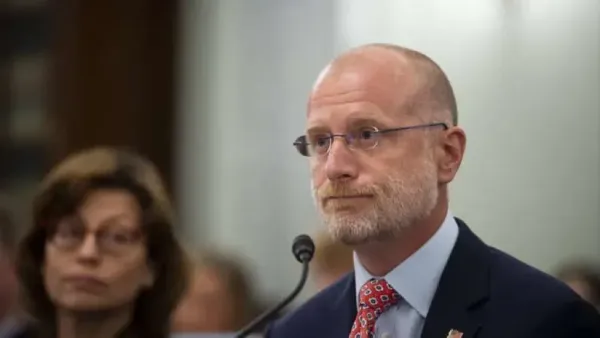In First In-Person Event Since Pandemic, WISPA Conference Discusses Infrastructure, Mapping
WISPA holds first trade show in two years, which touched upon broadband infrastructure, mapping, spectrum and other topics.

GRAPEVINE, Texas, April 27, 2021 – For the first time since 2019, the Wireless Internet Service Providers Association held an in-person live trade show, which touched on President Joe Biden’s broadband plan, spectrum policy and mapping.
“I can’t tell you all how happy I am to see you here today,” said WISPA CEO Claude Aiken during the WISPAmerica 2021 kickoff event on Tuesday. “It’s been a tough year, and I’m so proud and thankful to be part of an industry that has helped America stay on its feet during these incredibly trying times. It’s just great to be back!”
Aiken spoke on the benefits the broadband industry has seen recently. It’s been a great couple of years, both for legislation and regulation, he said. We’ve seen billions of dollars in federal funding and benefits in expanded spectrum and Over-the-Air Reception Device rules, he said.
He also praised the ‘use-it-or-share-it’ concept that has allowed more access to the Citizens Broadband Radio Service spectrum band. We continue to advocate for this concept on Capitol Hill and at the Federal Communications Commission, he said.

WISPA CEO Claude Aiken, right
Aiken criticized the idea that “future proofing” networks should focus only on fiber infrastructure, referencing the Biden administration’s new $100 billion broadband proposal that hints at emphasizing fiber over other technology. Fixed wireless can also be future proof, we know we can hit gigabit speeds with wireless, he said. Fiber is very important, but we should use the right technology for the job, and just “picking one technology over another is subpar, policy-wise,” he said.
FCC’s new Broadband Data Collection
In a separate panel during Tuesday’s event US Telecom’s Lynn Follansbee and James Stegeman from CostQuest laid out the details for the FCC’s new Broadband Data Collection (formerly called the Digital Opportunity Data Collection) that will replace the current Form 477 that all providers are required to submit.
The new BDC will create a new ‘fabric’ data set that is intended to greatly enhance the FCC’s broadband mapping system. The agency considers any speed below 25 megabits per second (Mbps) download and 3 Mbps upload as unserved, and the Form 477 data shows where those unserved areas are.
The problem, however, is that the data only gets down to the census block level, potentially leaving millions of Americans without any service, especially in rural areas where census blocks can span dozens of miles. The BDC improves on this by using more granular data with geographic coordinates, addresses or polygon shapefiles.
The BDC also includes many updated requirements for fixed wireless providers, including greater details on tower locations, strength of signal and latency, and requiring certification by an engineer, among other stipulations. It also provides a new process available for consumers to challenge the accuracy of the broadband maps submitted by their service providers.
The change in submission rules for wireless providers raised some concerns during the WISPA panel, with one audience member complaining that the government was asking too much of small providers, especially the need for certification by an engineer, calling the new requirements “stupid” and unnecessary.
The WISPAmerica conference continues on Wednesday and Thursday.










Member discussion